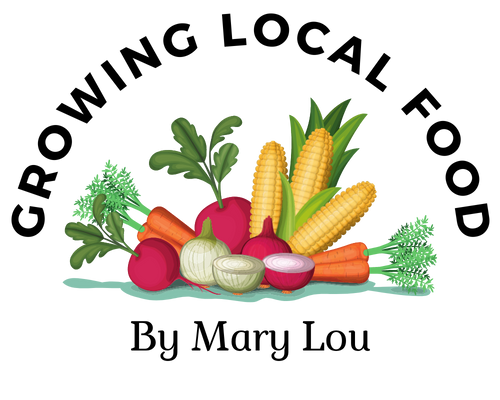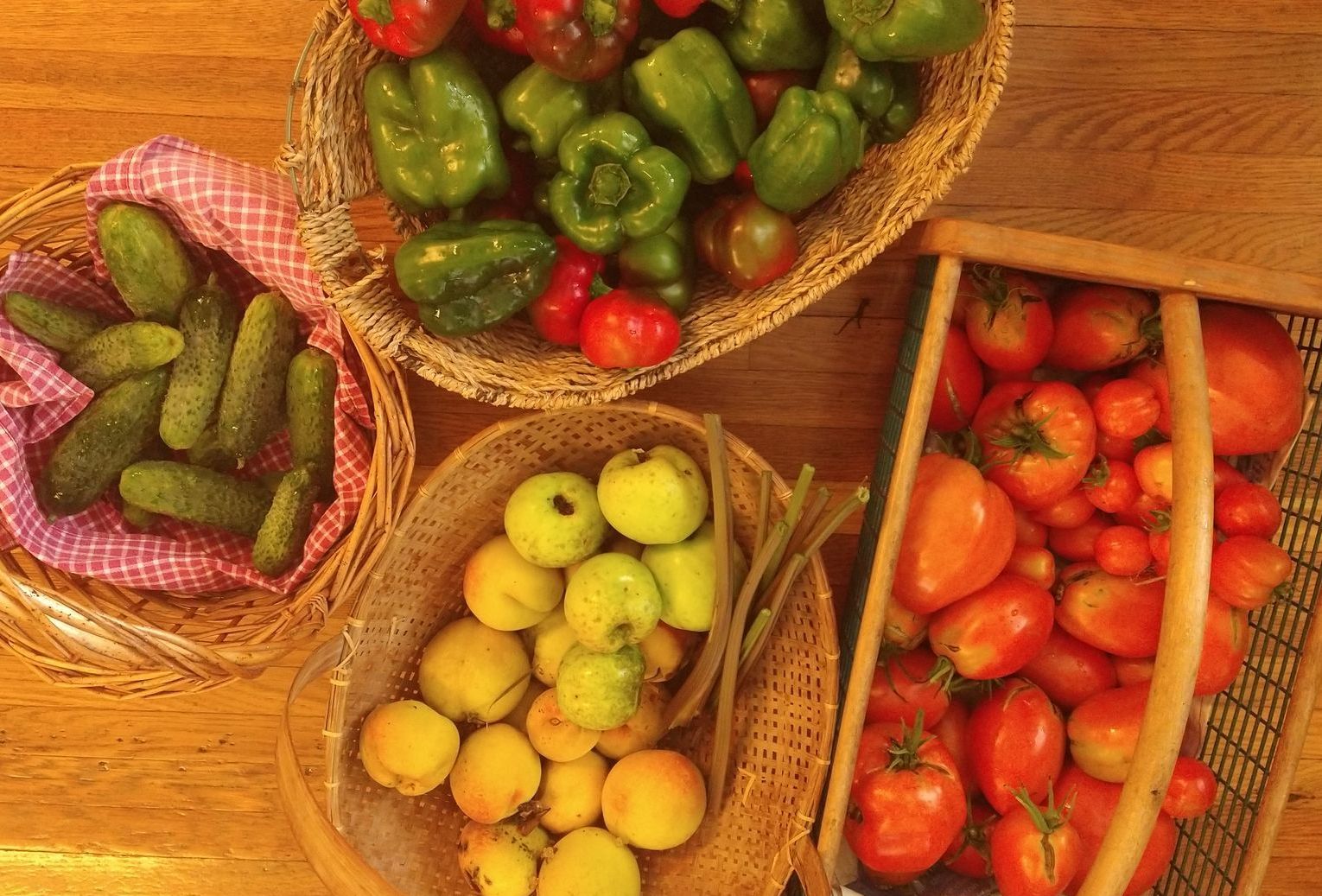How to Nurture the Soil to Grow Nutrient-Dense Food
Healthy Soil Produces Nutritious, Delicious Food
Before the blogs about how to grow our food, I like to look into the reasons behind the "how's." Understanding how alive the soil is, as well as the exchange of nutrients between the soil and plants, gives us an understanding behind the why of what we do .
One reason for growing some of our own food is to eat better than what the grocery store has to offer. By “better,” we usually mean food that ranks high in flavor and nutrition and doesn't contain chemicals. To get these results, we first have to create healthy soil that will feed our plants.
For those of you who want to jump right in and begin projects that will give you the quality food you're after, let me ask you to pause the length of this article. When we begin to understand the complexity of the soil and plants as well as their interaction, everything we'll be doing to grow food will make more sense and bring more success. So please buckle up for the following explanation of the miracles that take place between air, plants and healthy soil. Then we'll get to work!
Why Focus on Soil?
I bet that I’m not the only one who dreaded seeing the “Periodic Table of the Elements” at the front of a high school chemistry class. We might have all said a similar prayer--that we wouldn't have to memorize it! But as we now glance at these 118 elements that are found on our planet, it is pretty amazing to know that our bodies depend, to some degree, on each of these elements.
To keep healthy and have our bodies function well, we need these elements to be in our food. To replenish them in our bodies, it makes sense that food needs to get these elements from somewhere, and that “somewhere” has to be from the air and soil.
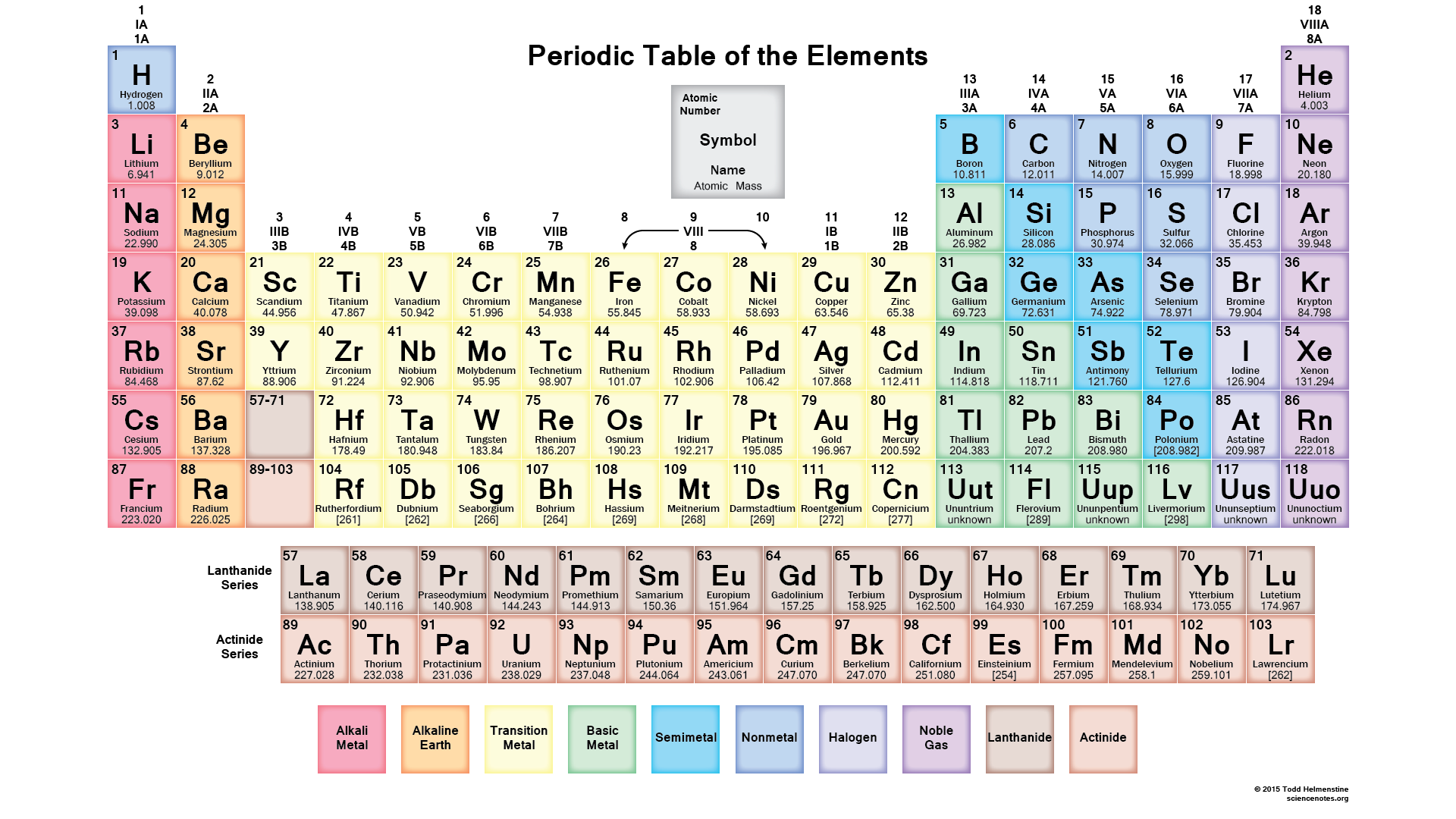
It’s true that some elements are needed in only trace amounts, but these tiny amounts are vital for the millions of chemical reactions going on in our bodies. Eating only "fast food" while taking vitamins cannot provide what our bodies need to maintain health.
If nutritious food is our goal, we'll need to focus on soil. Having nutrients present in the soil doesn’t mean, however, that these nutrients will be transported to the plants that feed us. To have the happen, we indeed need “healthy” soil that interacts with the plants' roots. If part of your reason for growing food is to have nutritious and delicious food to eat, then let’s talk about how to make our soil healthy.
Besides Elements, What Comprises "Healthy Soil?"
Just as the planet has billions of living creatures interacting and co-dependent in our visible world, the world of healthy soil is just as complex and interactive. Because the underground world is constantly interacting with what we see on the surface, this exchange is called the “soil food web.” As I learned about how essential and complex this interaction is, I've had to discard my simple “good-guy, bad-guy” categories of actors in this web. Even the birds and small mammals, that I saw as competing for “my” produce, play a part in keeping the soil food web healthy. I also see how wrong I was to apply a “bad label" to nematodes, fungi and bacteria. Without these microscopic creatures, the entire system would break down and plants would no longer be able to extract nutrients from the soil.
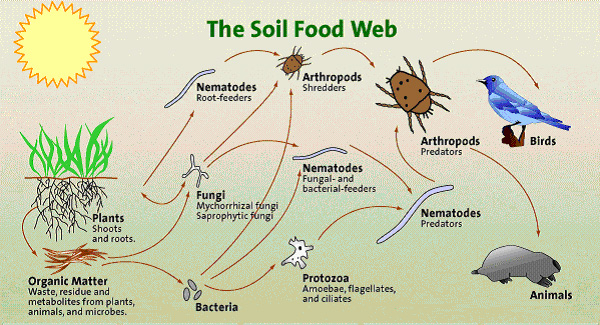
How Do Nutrients Get from the Soil into Plants?
I do admit that my drawing may be a bit primitive, but in return, I hope that you’ll admit that what it portrays is pretty much a miracle. Joseph Campbell said that we have many miracles around us everyday, and I have to rank this one right up there towards the top.
It does seem a miracle that plants can take carbon dioxide in through their little stomata (“mouths”) on the underside of their leaves and with water, turn it into the sugars and then more complex carbohydrates and starches. Fortunately for us and the entire planet, they then use these sugars as "exchange currency" with the billions of microscopic creatures in the soil.
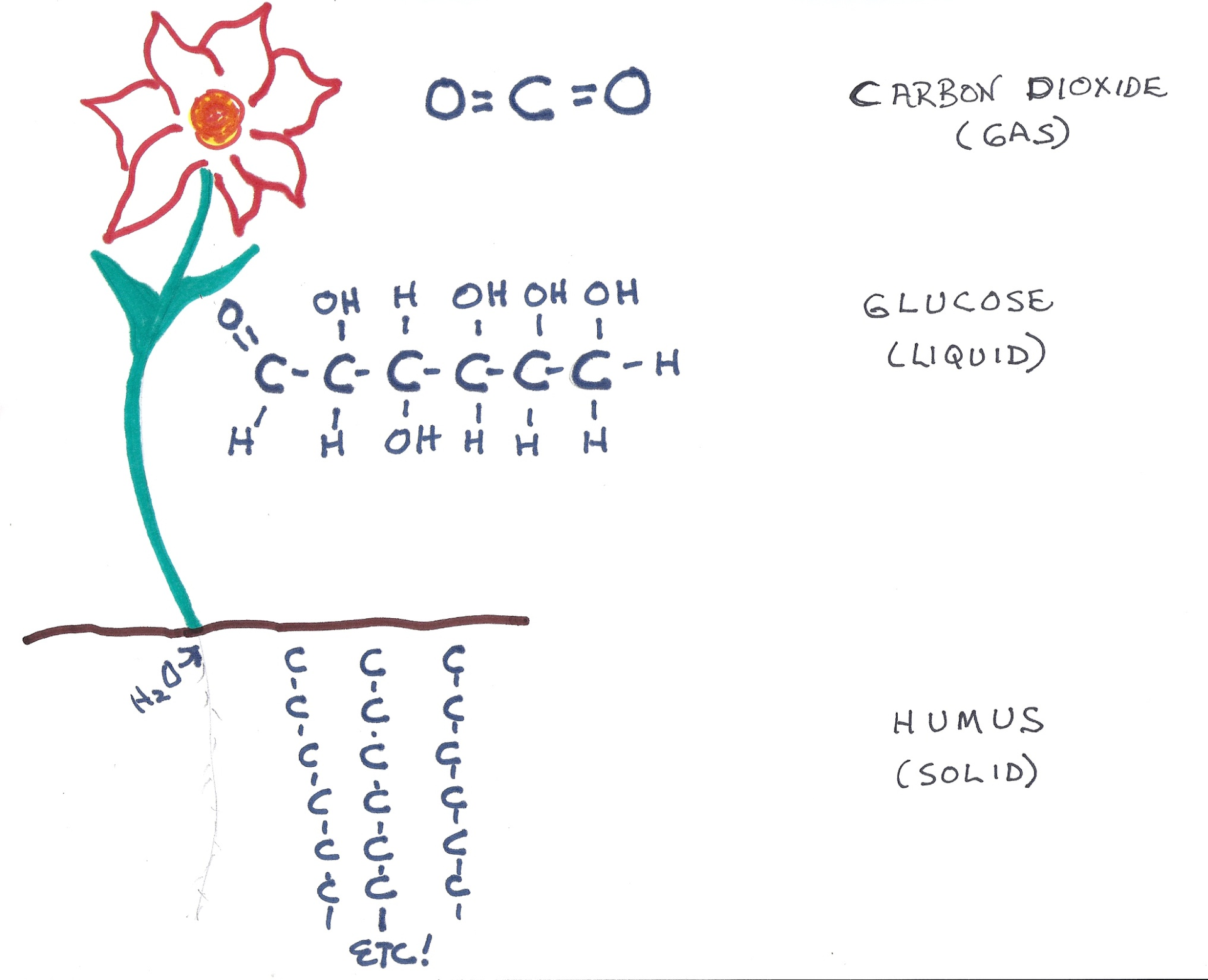
The plants' sugars are exchanged with what the soils' microbes have to offer. The electron microscope reveals that this relationship is as intimate as some fungi and bacteria actually accomplishing this exchange right inside the plant's roots. What they're giving to plants is no less than all the "elements" from the soil that our bodies rely on for health. These are the vitamins and minerals that we cannot live without. If we put a plant in dead soil (“dirt”), there is no exchange and our food has no nutrition. We can add products like “Miracle Grow” with their simple ingredients of NPK (nitrogen, phosphorus and potassium), but that’s certainly not adequate nutrition for plants or people. Just look at "The Periodic Table of the Elements" for everything we'd be missing!
Let's celebrate the complex soil-food-web that feeds us. It's actually pretty amazing that we don't need to eat the soil itself to get the nutrition that we need; healthy plants, along with their fruits and vegetables, surely taste better! What a shame then that grocery store produce is often grown in "dead soil," or "aquaponics," where there is no active soil-food-web. That's true for some home gardeners too, but that's not how we'll grow our food.
We'll be nurturing a healthy soil food web as we talk through the "hows and whys" of what we can do to optimize the flavor and nutritional content of the food we grow. I'll discuss everything from what we want to avoid: chemicals, deep tilling and bare soil, and what we want to foster: compost to cover crops, hoop houses to preserving produce, fruit trees to herbs, saving rare breeds of animals to heirloom seeds. The learning curve is fun in itself, but the rewards of healthy food are pretty great too.
-
How do I make the garden soil more nutritious?
Compost spread on the soil will work its way in and will provide the organic matter that the soil needs. Try not to disturb the soil with rototilling, and don't compress the soil by walking on it or bringing heavy equipment into the garden. Do not use chemicals and rotate your crops.
-
How do I get the nutrients in vegetables back into the soil?
Compost all waste from the garden and the kitchen, and use the finished compost to put on top of the garden soil.
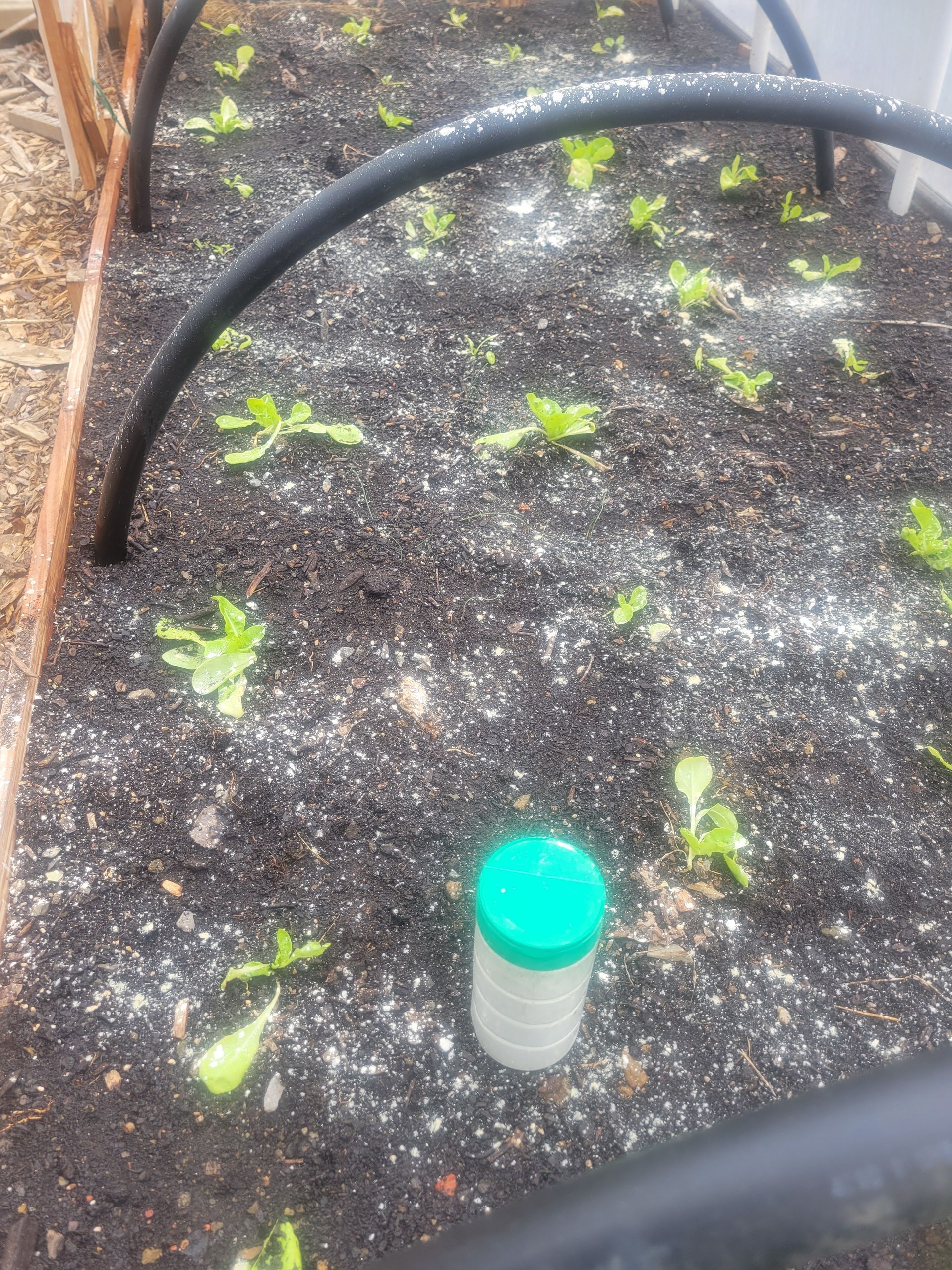
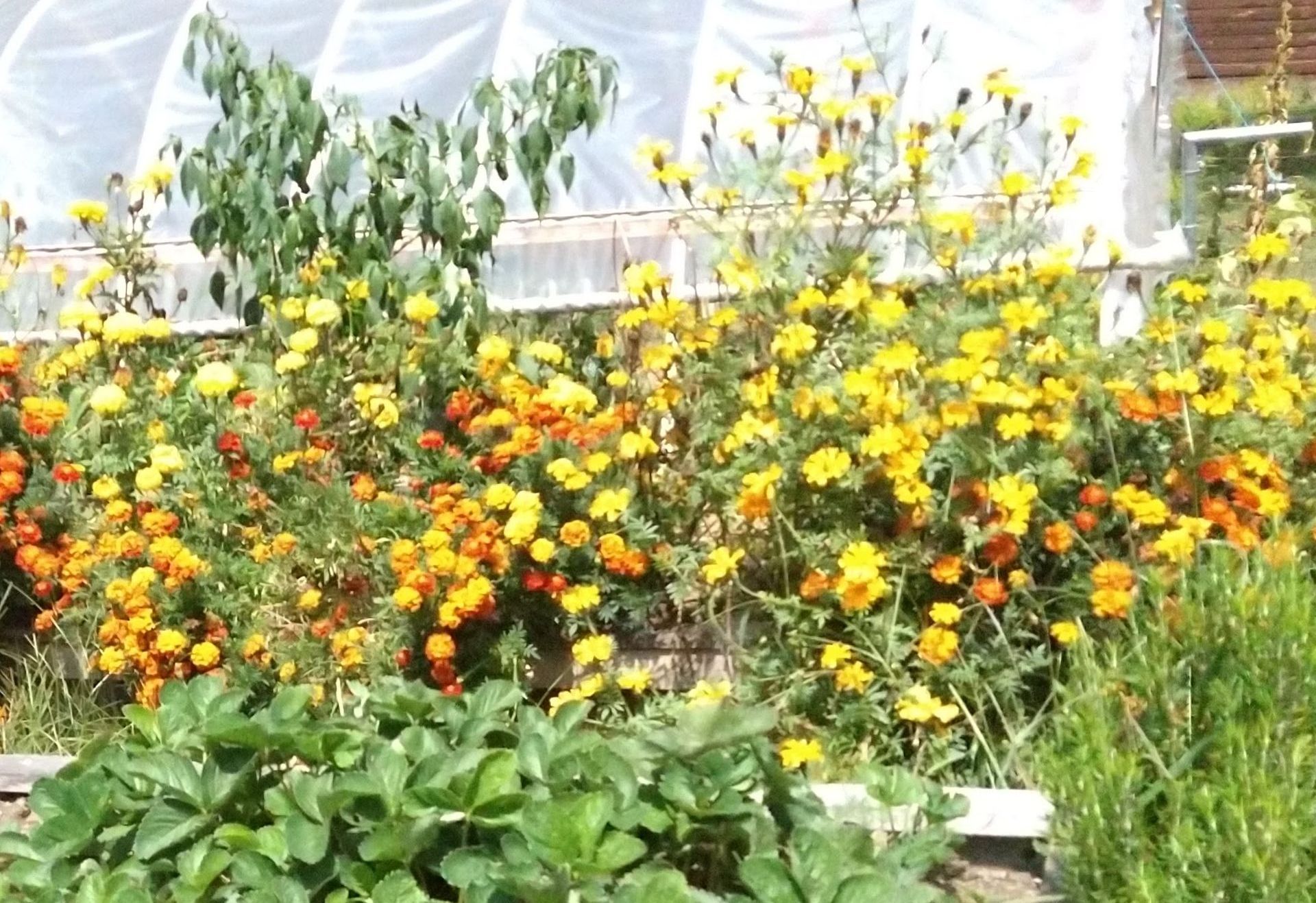
Mary Lou
mlgrowinglocalfood@gmail.com
